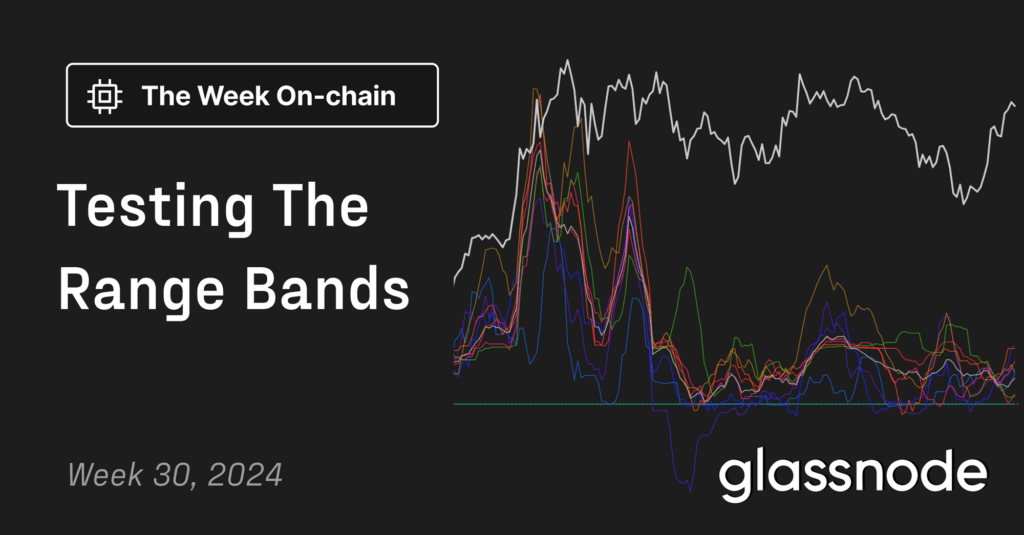Research Summary
This report discusses the role, functionality, and potential of light clients in blockchain technology. Light clients, first proposed in Satoshi Nakamoto’s 2009 whitepaper, allow users to interact with blockchains directly from their devices without processing the entire blockchain state. The report explores the different types of blockchain clients, their trade-offs, and the future directions for light clients, including the use of SNARKs for verifying consensus, execution, and data availability.
Key Takeaways
Understanding Light Clients
- Definition and Functionality: Light clients are a type of blockchain client that only download small proofs and relevant transactions from full nodes, allowing them to validate the data they receive. They can sync in seconds or minutes on low-powered devices and provide higher security by verifying proofs of correct execution and data availability.
- Use Cases: Light clients have core use cases in high-security wallets and blockchain bridges. They can make blockchain bridges more secure by verifying data through cryptographic proofs, preventing hacks and safety failures.
- Trade-offs: Different types of blockchain clients have varying trade-offs in terms of efficiency and security. Light clients are a middle ground between full nodes and trusted intermediaries, providing near-instant syncing and support for multiple blockchains.
Light Clients and SNARK Proofs
- SNARK Proofs: SNARK proofs of consensus can be used to validate block headers more efficiently, reducing the need for manual validation and data download. However, SNARKs proving consensus in blockchains currently takes a significant amount of time, which poses practical limitations for production use.
- Security Concerns: SNARK consensus proofs do not reveal signatures within block headers to the verifier, making it difficult to penalize bad actors and compromising the security of light clients.
- Future Directions: Future directions for light clients include transitioning to SNARKs for verifying consensus, execution, and data availability. SNARK libraries are being developed to verify both sync committee light clients and full consensus light clients, making syncing to the Ethereum blockchain faster.
Light Clients and Privacy
- Privacy Concerns: Using a light client can expose the link between a user’s blockchain addresses and their IP to multiple random nodes. Privacy infrastructure like Tor or Nym can help mitigate this.
- Trusted Execution Environments: Trusted execution environments (TEEs) on wallet servers can provide more secure privacy for light client wallet users by encrypting blockchain state data with a key accessible only from the TEE.
Light Clients and Ethereum
- Ethereum Light Clients: Ethereum light clients, such as Lodestar, Nimbus, Kevlar, and Helios, have efficient properties like sync committees and weak subjectivity, allowing for fast syncing. However, they currently do not verify execution.
- Layer 2 Solutions: Light clients can access state in Ethereum Layer 2 solutions by running light clients for both the Layer 1 and Layer 2, verifying the L2 “consensus” through signatures or other methods.
Barriers and Future Directions
- Barriers to Adoption: Barriers to adoption of light clients include limited support on some blockchains, resource-intensive and costly verification processes, and the belief that self-custody is the path to truly owning crypto.
- Progress and Potential: Significant progress has been made in light client protocol design, deployment, and SNARK proving in the last five years, with the potential for increased reliance on this infrastructure in the future.
Actionable Insights
- Investigate the Potential of SNARK Proofs: Given the efficiency they bring to validating block headers, SNARK proofs could be a promising area for further research and development in light client protocols.
- Enhance Privacy Measures: To address privacy concerns associated with light clients, developers could explore the use of privacy infrastructure like Tor or Nym, or implement trusted execution environments on wallet servers.
- Explore Ethereum Light Clients: With their efficient properties and potential for fast syncing, Ethereum light clients could be worth investigating for applications in blockchain technology.











